Yates Account
Join now
Create a Yates account today!
Sign up to join the Yates Garden Club for monthly e-mails packed with seasonal inspiration, tips for success & exclusive promotions.
Plus if you’re a Garden Club member you can take part in the Yates Growing Community - a blog to share successes, get advice & win prizes in fun challenges along the way!

Forgot password
Enter the email address associated with your account, and we'll email you a new password.

It’s time to turn the ‘beet’ around and start growing your own beetroot! The crimson red tubers are perfect in stews and soups and can even be thinly sliced and roasted into chips! The leaves can be added to salads, too. This incredibly versatile vegie deserves a spot in your garden or pot.
How to grow beetroot in a garden
- Choose a sunny spot in the garden. Loosen soil with a garden fork and dig in Yates Thrive Natural Blood & Bone with Seaweed.
- Sow seed 10mm deep and 50mm apart.
- Water regularly to keep soil moist, but not wet, otherwise the tubers may dry out or even crack.
- Feed at least once a fortnight with Yates Thrive Natural Fish Seaweed+ Plant Food Concentrate.
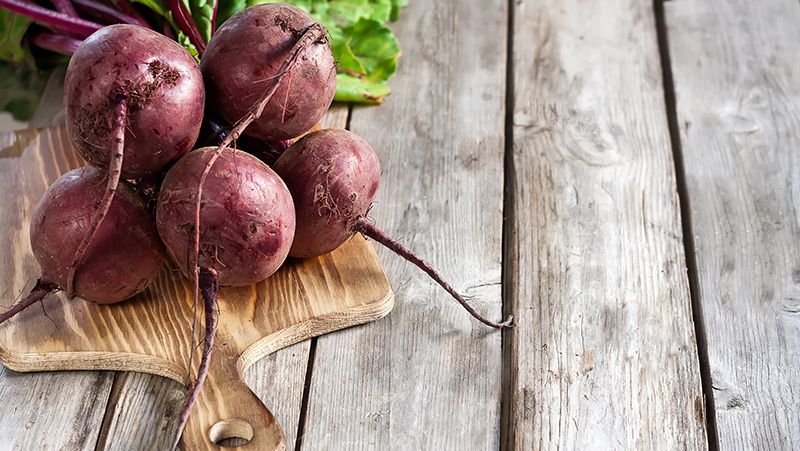
How to grow beetroot in a pot
- Choose a pot at least 20cm and 30-50cm wide and position in a sunny spot.
- Fill with Yates Premium Potting Mix. Sow seeds and lightly cover with Yates Black Magic Seed Raising Mix. Water in well.
- Feed at least once a fortnight with Yates Thrive Vegie & Herb Liquid Plant Food.
- When 3-5cm tall, separate clustered seedlings and transplant into the garden or a new pot.
Baby Beets are sweet and delightfully tender. Harvest when young and dainty to enjoy them at their best.
Beetroot 'Dark Red' (Organic)
This rich, red, globe-shaped favourite is sweet and tender.
Beetroot 'Bull's Blood'
Bulls Blood is an heirloom variety with intense burgundy hued leaves. Tasty baby leaves add delightful colour to a salad, and can be steamed just like spinach.
Beetroot 'Super King'
This delicious hybrid beet is a strong and consistent grower, and quick to develop to generous full size. Attractive globe shaped roots, with tender flesh and a sweet taste.
Beetroot 'Golden'
Bred for it's lovely honey-gold colour, fine texture and a delicious, subtly sweet flavour. And, they don't stain like traditional red beets. Hot tip: they taste amazing caramelised in the oven.
Beetroot 'Cylindra'
Cylindra produces unique elongated, slender roots that are ideal for slicing. Smooth textured skin, with rich red flesh and a sweet, subtly earthy flavour.
Growing tips
- Harvest young. Beetroot are at their sweetest when 30-50mm wide. These are often referred to as 'baby beets’. It takes around 2-3 months to get them to this size.
- Leaves can be harvested for salads from around 6 weeks on. Start with outer leaves first and always leave 5-6 on the plant so it continues to grow.
- Successive sowing will ensure continuous harvest.
More Plants
Onion
They may make you cry, but onions are worth the tears! They can impart such a sweet or savoury flavour to your dishes, depending on how they’re used.
Shallots
Shallots can be grown from seed or 'sets' (small dried bulbs). They're a versatile ingredient that adds real depth and complexity to your dishes. The subtle flavour profile is great for soup, stews, salad, stir fries and sauces.
Lettuce
The perfect salad leaf or sandwich filler! Here's how to easily grow lettuce in your garden or in pots.
Melons
Watermelons, rockmelons and honeydew – the quintessential summer fruit trio! They’re oh-so-sweet, juicy and delicious when eaten straight from the fridge
Recommended products
Yates Dynamic Lifter Organic Plant Food
Releases nutrients slowly, improves the structure and moisture retention of the soil and encourages earthworms and beneficial soil micro-organisms.
Yates Premium Potting Mix
A premium potting mix, ideal for all potted plants and shrubs, including ornamentals, fruit trees, vegies and herbs.
Yates Thrive Vegie & Herb Liquid Plant Food
Yates Thrive Vegie and Herb Concentrate is a complete liquid plant food that provides balanced nutrition.
Yates Black Magic Seed Raising Mix
Specially formulated for trouble-free seed raising in trays (or outdoor seed sowing direclty into the ground) and propagation of cuttings.














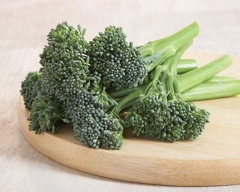
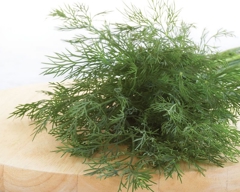
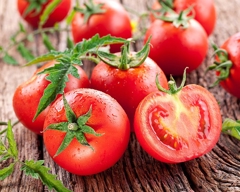
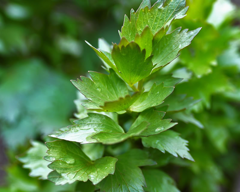
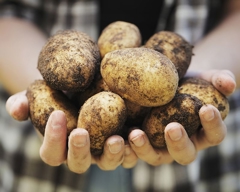








Share
Share this article on social media